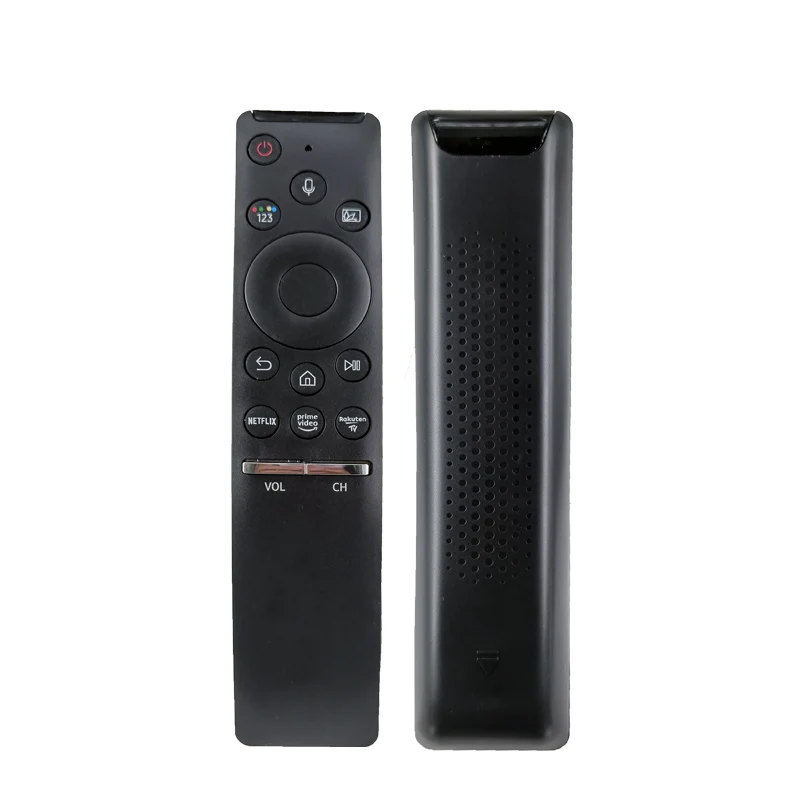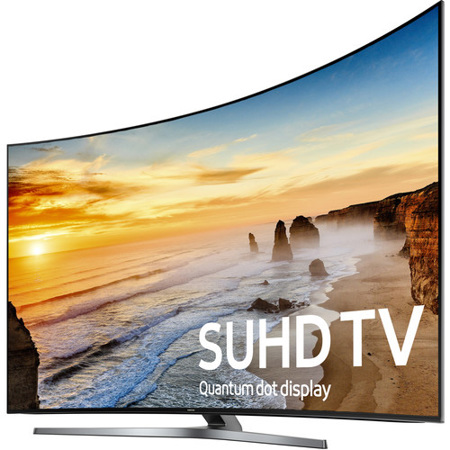
Two settings are available in addition to “ Off“, namely “ Low” and “ High“. Thermal image indicating direct-lit LED backlight configuration Using our own custom-authored test pattern containing a small white box crawling horizontally and then vertically along the borders of a black screen, we counted 15 vertical columns and 10 horizontal rows, giving a total of 150 independently dimmable zones, the same number as its predecessor the UE65JS9500. activates local dimming on the television, which should be engaged to not only extract the deepest blacks from the KS9500, but also attenuate backlight uniformity issues. Macro photo of subpixel layout confirming VA-type LCD matrix With disabled, blacks measured 0.045 cd/m 2 on both a full-black screen (with auto-dimming defeated by displaying a pause icon from our Blu-ray player) and a 4×4 ANSI chequerboard pattern once peak white was pegged at our normal dark-room target of 120 cd/m 2. The Samsung UE-65KS9500 featured a VA-type LCD panel whose native black level was deep by LED LCD standards. Yes for both 1920×1080 and Consumption Default mode Passed 2:2 & 3:2 tests in SD, though HD loses lockġ080 lines or higher with onĭefeatable edge enhancement except in Very good but faint vertical bands & dirty screen effect (DSE) at high backlight/ HDR mode Post-calibration Colour Checker SG errors (<3 not visible to the eye) Post-calibration Colour Checker SG test in mode

Post-calibration colour errors (<3 not appreciable to the eye) Post-calibration colour saturation tracking in mode Pre-calibration RGB tracking and delta errors (dEs) in modeĬalibrated RGB tracking and dEs after 2- & 10-point calibration Gear used included a profiled Klein K10-A meter, a Murideo 6-G 4K HDR signal generator, and SpectraCal’s CalMAN Ultimate software. Second, the 10-point controls were contrast-aligned, so unless was set to a specific value, any adjustment made may be misplaced (for example, adjusting may affect 40% or even 35% video stimulus).ĭespite these issues, we were able to obtain highly accurate greyscale and colours on our Samsung UE65KS9500TXXU review sample after calibration. Rinsing and repeating this process more than a few dozen times was an absolute chore. We had to exit the menu completely to obtain an accurate reading before wading through the picture settings to make adjustments using an educated guess. First, bringing up the adjustment slider would alter the greyscale, preventing us from making real-time adjustments. CalibrationĬalibrating the UE65KS9500 was trickier than other Samsung sets we’ve worked on in the past. Using a Murideo Fresco Six-G tester, we verified that all four HDMI inputs on the fanless One Connect Mini connection box passed resolution with HDCP 2.2 copy protection without any problem. Build quality is high, and the applied moth-eye filter is probably the most effective on the market currently in reducing reflections from ambient light. Of course, the presence of direct LED backlighting means that the chassis has to be deeper. The KS9500 shares similar stylistic cues to the step-down KS9000 which we tested 3 months ago, what with its super-slim bezel, rivetless and screw-less rear, and Y-shaped pedestal stand (though this is finished in matte silver rather than gleaming chrome).

The equivalent model in the USA is the KS9800. The Samsung 65KS9500 features 3840×2160 UHD (ultra high-definition) resolution, 10-bit LCD panel, full-array local dimming (FALD) direct-lit LED backlighting, quantum dot colours, Ultra HD Premium certification, four HDMI 2.0a ports, HDCP 2.2 compatibility, as well as a curved screen, but no 3D support. Two screen sizes are available, namely the 65-inch UE65KS9500 and the 78-inch UE78KS9500 – we’re reviewing the smaller model.
#SAMSUNG 9800 TV SERIES#
Samsung’s 2016 lineup of SUHD TVs has been relatively late in arriving on the market this year, as evidenced by the company’s flagship KS9500 series only turning up in June.


 0 kommentar(er)
0 kommentar(er)
